The Audubon Observer, February 2021
|
|
||||
MANY VOICES FOR CONSERVATION AND THE ENVIRONMENT Continuing our series focusing on the contributions of historically under-recognized groups to conservation and environmental sciences, this month we are featuring MaVynee Betsch, known in Northeast Florida as “The Beach Lady” for her efforts to protect and preserve American Beach on Amelia Island in Nassau County.
Ms. Betsch studied voice and piano at Oberlin College and moved to Europe following her graduation in 1955, where she sang lead roles for the German State Opera and other companies. She returned to Jacksonville in 1962 and began to study and promote conservation and protection of the environment, donating her life savings to a variety of environmental causes, especially those involving wildlife like right whales, loggerhead turtles, and monarch butterflies. In the 1970s, she made it her life’s mission to protect American Beach from development, fighting many battles to preserve the dunes that protect the beach from erosion, especially the 60-foot Nana dune (named by Betsch herself), which she successfully lobbied to become the property of (and forever protected by) the National Park Service. Through her tireless efforts, American Beach was also placed on the National Register of Historic Places, and she also developed plans for the American Beach Museum, which opened in 2014 and preserves the history of American Beach. MaVynee Betsch was the unofficial historian of American Beach and up until just a few weeks before her death in 2005, enthusiastically gave Black History tours of the community for visitors. Ms. Betsch is truly a Northeast Florida conservation icon. ~ Carol Bailey-White, President LIGHTS OUT NORTHEAST FLORIDA With spring migration right around the corner, here's a reminder about our Lights Out Northeast Florida initiative in partnership with the Jacksonville Zoo and Gardens, and St. Johns County Audubon Society.
We commonly see Canada Geese migrating overhead during the day, but many of our favorite songbirds travel at night under the cover of darkness using the moon and stars as their guiding lights. However, bright artificial lights on buildings draw birds toward these lights and off their natural migration paths. The birds will often aimlessly circle a brightly lit building until they collide with it or collapse from exhaustion. By turning out the lights, we can remove a major source of mortality from bird populations already threatened by predators, bad weather, food availability disruptions due to climate change, habitat loss due to development, and more. Lights Out Northeast Florida is part of a growing number of Lights Out initiatives across the country to encourage building managers and homeowners to reduce and turn off artificial lighting at night to ensure birds safe passage during their migration.
Here’s what you can do to help! If you are a homeowner:
If you are a building owner or manager:
Visit the Lights Out Northeast Florida website to learn more about the initiative, become a partner, or to contact members of our team. We can make a difference together. ~ Lucas Meers, Conservation Program Officer, Jacksonville Zoo and Gardens VOLUNTEERS NEEDED FOR LIGHTS OUT NORTHEAST FLORIDA
At this time, we are looking for volunteers to help. Monitoring will occur during the spring and fall migration months (March 15-May 31 and September 15-November 15), and will involve walking an assigned route in downtown Jacksonville once a week in search of dead or injured birds. The walk will start at sunrise and go until the route is complete (about 1½ hours). Dead birds will be reported and photographed; additional details will be provided at the training session. Training will be conducted and all materials needed for the monitoring routes will be provided. However, volunteers will need to use their own cell phone to upload photos as needed to the reporting website. Volunteers are asked to commit to a training session (virtual), do one walk per week for the 8 weeks of migration, and to submit their data. All volunteers must be 18 or older and sign a release of liability. Please complete the online application form if you are interested in helping with the data collection effort. We hope you will join us in helping to save the lives of migratory birds! ~ Carolyn Antman, Conservation Director & LONF Volunteer Coordinator KEEP YOUR LAWN SAFE FOR BIRDS AND BUGS
Although lawn maintenance companies claim that their pesticides and other products are safe for birds, this is often not the case. Several websites discuss the dangers that pesticides, fungicides, and weed killers pose to birds. According to an article posted by todayshomeowner.com, “67 million birds die in the U.S. each year due to pesticide toxicity.” The article contains a list of chemicals to avoid and a list of products that are less toxic. The American Bird Conservancy has a great deal of information about the connection between pesticides and bird poisonings, and several other conservation websites also have information reinforcing the dangers of pesticides. Besides poisonings, we are also hearing about the “insect apocalypse”, the documented decline in worldwide insect populations. All of this makes it harder for insect-loving birds to survive. How can you help? First and foremost, stop using pesticides, fungicides, and weed killers on your plants and lawn. Planting native plants will encourage native insects to come and those plants are used to a certain amount of nibbling from native insects. The birds will help you out if the insects are native – those are the bugs they are looking for to fatten up for migration or feed their hungry chicks. If you have a garden, manually pick off offending bugs, and if you must treat the plants, choose from the list of “safer” products. Target the insects specifically, not your whole lawn. This goes for weeds as well, as weed killers can also be toxic to birds. Learn more about how suburban yards can help save biodiversity in this great article from Scientific American. Thank you for keeping your yard safe for birds and the insects they rely on! ~ Carolyn Antman, Conservation Director for Duval County 2020 CHRISTMAS BIRD COUNT REPORT Duval Audubon Society members participated in two local Christmas Bird Counts in December, and both went extremely well, especially considering the limitations imposed by the coronavirus pandemic.
The Duval County CBC has a long history dating back nearly 100 years, with the first one conducted in 1922 by 16-year-old Samuel A. Grimes, who did the count solo on his bike! Fast forward to 2020, with at least 50 volunteers recording 156 species, including Sora, White-winged Dove, Cave Swallow, and Sedge Wren, to name a few of the most noteworthy species. Many thanks to the count compilers as well as all the dedicated volunteers! UPCOMING ACTIVITIES Here’s what’s happening in February:
We look forward to seeing you soon! Duval Audubon Society, Inc.
|
||||

 MaVynee Betsch was born in Jacksonville in 1935 to one of the preeminent Black families in the south. Her great grandparents were A.L. Lewis, a leading businessman, civic leader, and philanthropist, and Mary Kingsley Sammis, the great granddaughter of
MaVynee Betsch was born in Jacksonville in 1935 to one of the preeminent Black families in the south. Her great grandparents were A.L. Lewis, a leading businessman, civic leader, and philanthropist, and Mary Kingsley Sammis, the great granddaughter of 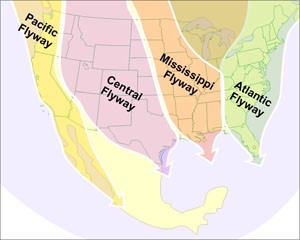 It is widely known that many of our feathered friends fly south for the winter and north for the summer. But did you know that 3.5 billion birds make this twice-per-year journey, and that Northeast Florida is the second-largest migration path for birds on the Atlantic Flyway?
It is widely known that many of our feathered friends fly south for the winter and north for the summer. But did you know that 3.5 billion birds make this twice-per-year journey, and that Northeast Florida is the second-largest migration path for birds on the Atlantic Flyway?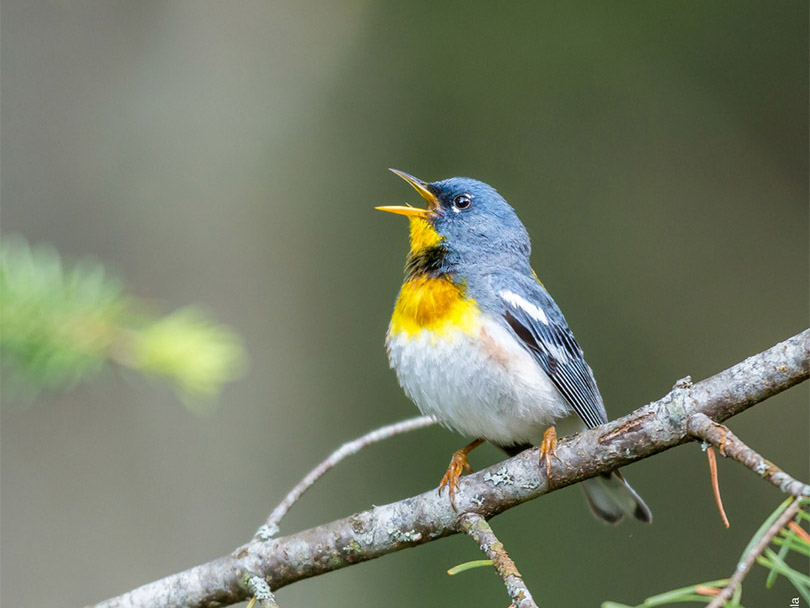 Spring migration begins in March and continues through May each year, and fall migration starts in September and runs through early November. As the birds are readying for their journey back north this year, it’s time for us to begin preparing to make their journey much safer and uninterrupted.
Spring migration begins in March and continues through May each year, and fall migration starts in September and runs through early November. As the birds are readying for their journey back north this year, it’s time for us to begin preparing to make their journey much safer and uninterrupted.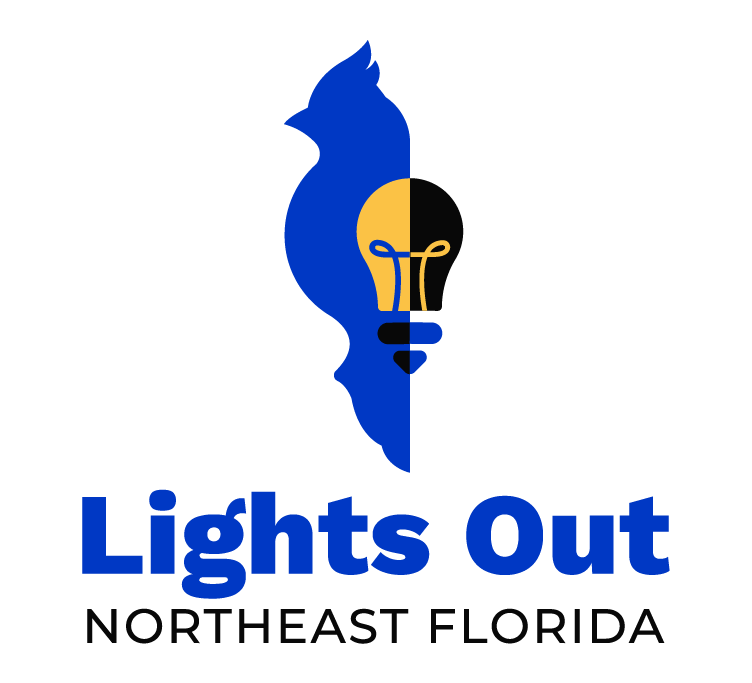 Central to the Lights Out Northeast Florida (LONF) initiative is the need to know how many birds are being killed or injured in the downtown Jacksonville area during migration. And here is where our team of volunteers will play such an important role. The LONF initiative needs volunteers to walk downtown areas during spring and fall migration and count birds who have been either killed or injured by building/window strikes. Specific routes and buildings will be assigned in order to identify potential problem areas. With sufficient data about bird fatalities, we will be able to have informed discussions with building managers and civic leaders. The goal is to reduce nighttime lighting during peak migration months between the hours of 11 p.m. and 5 a.m.
Central to the Lights Out Northeast Florida (LONF) initiative is the need to know how many birds are being killed or injured in the downtown Jacksonville area during migration. And here is where our team of volunteers will play such an important role. The LONF initiative needs volunteers to walk downtown areas during spring and fall migration and count birds who have been either killed or injured by building/window strikes. Specific routes and buildings will be assigned in order to identify potential problem areas. With sufficient data about bird fatalities, we will be able to have informed discussions with building managers and civic leaders. The goal is to reduce nighttime lighting during peak migration months between the hours of 11 p.m. and 5 a.m.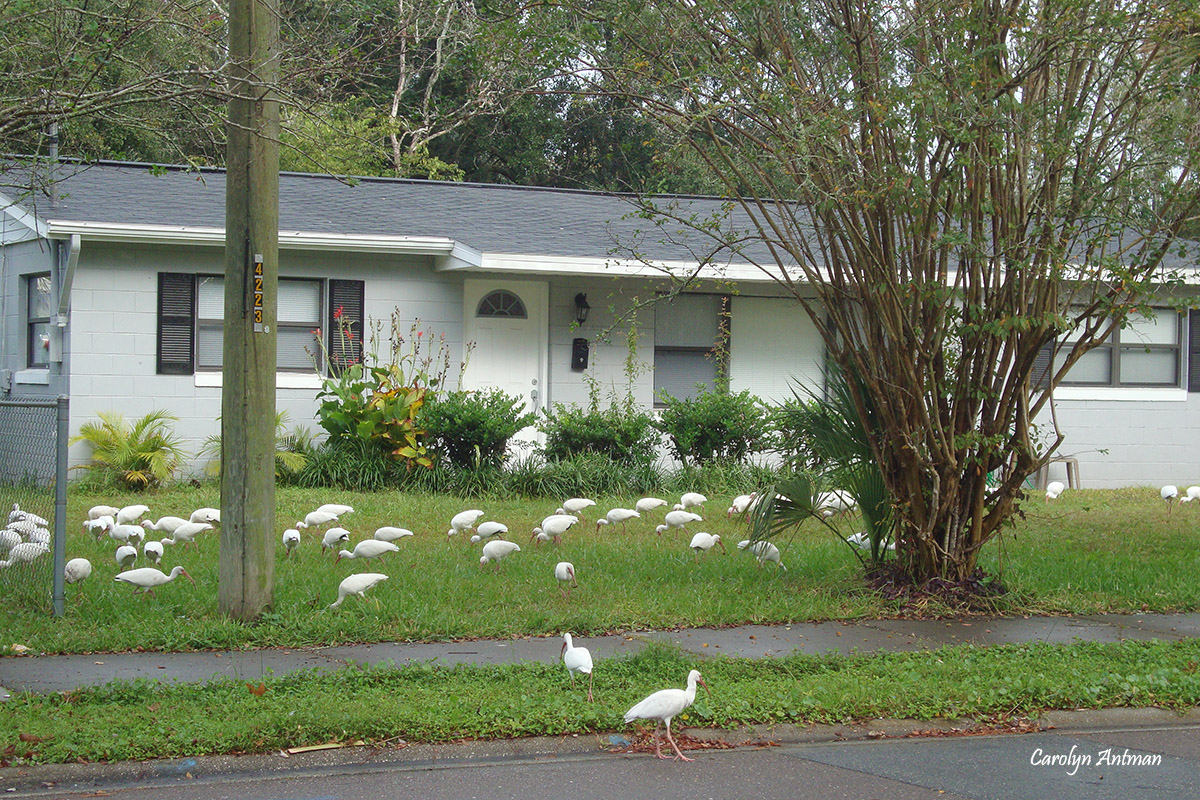 So much is happening at this time of year when it comes to birds: our wintering birds are still here eating as much as they can to prepare for spring migration, birds migrating through are looking for food, our local birds are filling up on food in preparation for breeding, and our first-year birds are filling up on food as they come into adulthood. While we have many beautiful birds at our feeders, other birds depend on finding something to eat on the ground. Very evident are the flocks of
So much is happening at this time of year when it comes to birds: our wintering birds are still here eating as much as they can to prepare for spring migration, birds migrating through are looking for food, our local birds are filling up on food in preparation for breeding, and our first-year birds are filling up on food as they come into adulthood. While we have many beautiful birds at our feeders, other birds depend on finding something to eat on the ground. Very evident are the flocks of 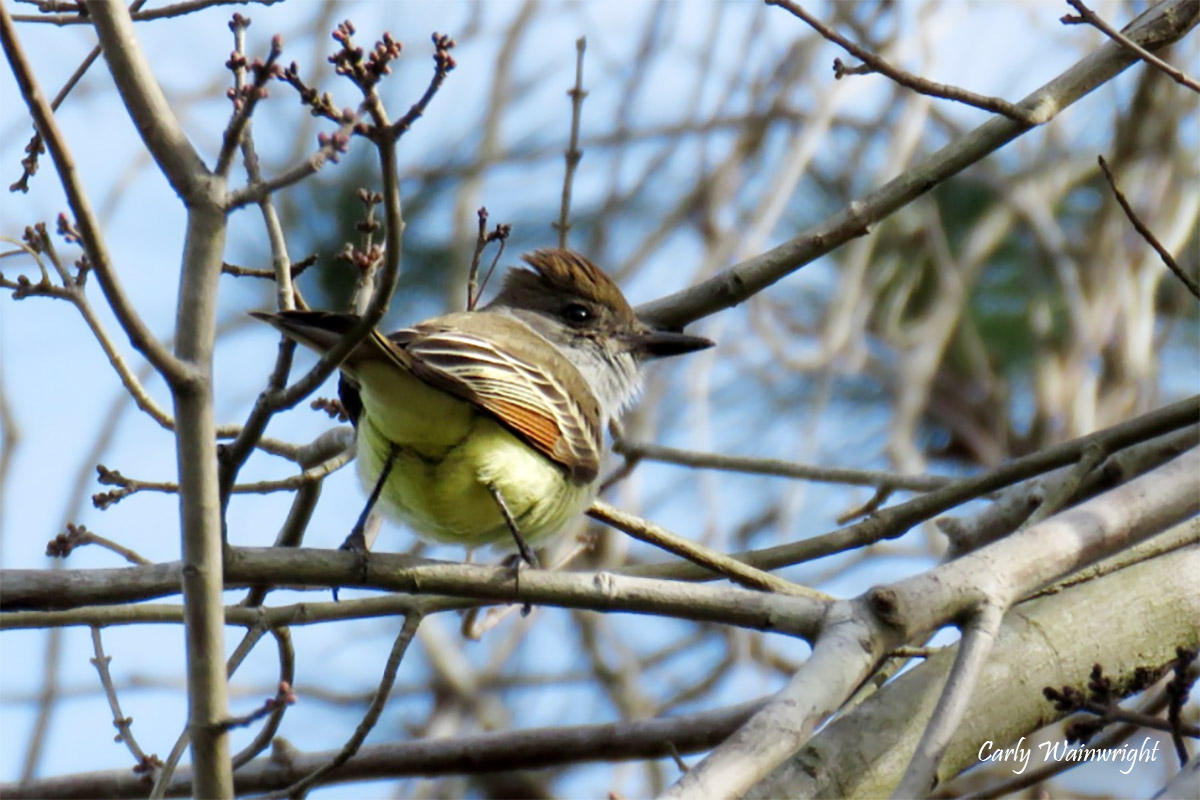 The Clay County East CBC is a new circle that was just established in 2019, so this was only the second year for that count. A team of fifteen volunteers spread out over various locations in the eastern part of Clay County and tallied 118 species, seven more than the 2019 total. Some of the standout species spotted during count included
The Clay County East CBC is a new circle that was just established in 2019, so this was only the second year for that count. A team of fifteen volunteers spread out over various locations in the eastern part of Clay County and tallied 118 species, seven more than the 2019 total. Some of the standout species spotted during count included  Great Backyard Bird Count (GBBC)
Great Backyard Bird Count (GBBC)